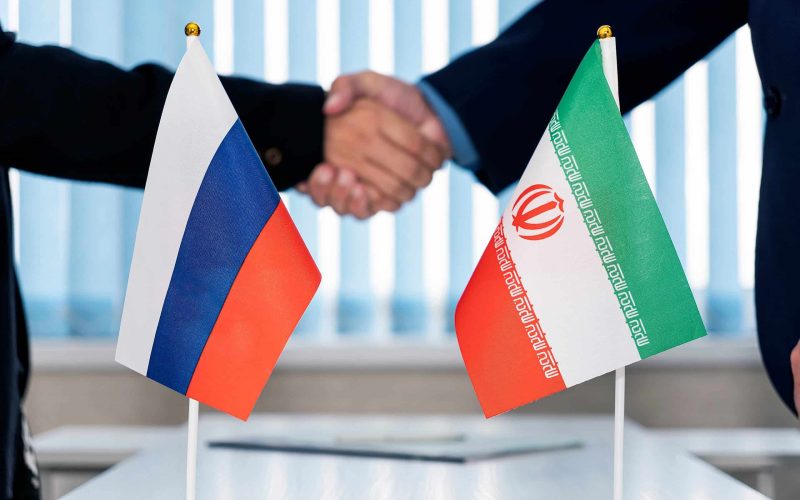Iran’s date industry continues to thrive, with recent figures indicating a steady growth trajectory. According to Zahra Jalili-Moghaddam, the director-general of Iran’s Ministry of Agriculture for tropical and semi-tropical fruits, the country exported 390,000 metric tons of fresh dates, amounting to a staggering $345 million in value, during the previous Iranian calendar year spanning from March 21, 2023, to March 19, 2024.
Jalili-Moghaddam further highlighted that this represents a notable increase of 7% export dates in volume and 10% in value compared to the preceding year. Despite a marginal 4% decline in overall date production volume, which reached 1,658,560 metric tons, the export figures demonstrate Iran’s resilience and competitiveness in the global date market.
Notably, Mohsen Rashid-Farrokhi, the chairman of the National Date Association of Iran, has emphasized Iran’s prominent position as the world’s third-largest producer of fresh dates. This accolade underscores the country’s significant contribution to the global date industry and its ability to maintain a competitive edge despite various challenges.
As Iran continues to strengthen its position in the international market, its date industry serves as a beacon of success, reflecting the nation’s rich agricultural heritage and dedication to excellence in agricultural production and trade.
The surge in Iran’s exports to Russia by 26 percent during the past Iranian calendar year reflects a burgeoning trade partnership between the two nations, underpinned by strategic cooperation and shared economic interests. According to Akbar Godari of Iran’s Trade Promotion Organization (TPO), exports soared to 2.185 million tons, valued at $946 million, a substantial increase from the previous year’s figures.
Key commodities such as agricultural products, petrochemicals, and oil-based goods led the export surge, highlighting the diversified nature of Iran’s export portfolio to Russia. In parallel, imports from Russia also experienced a notable uptick, with 3.353 million tons of goods worth $1.691 billion making their way into Iran, marking a nine percent increase in value and 27 percent in weight.
The recent virtual conference between Iranian and Russian deputy transport ministers underscored both countries’ commitment to expanding trade exchanges. Discussions encompassed transportation collaboration across rail, road, and sea routes, emphasizing the potential for enhanced port cooperation, particularly in the Caspian Sea region. With Iran’s northern ports positioned as vital hubs for facilitating trade flows between the two nations, combined transportation methods offer promising avenues for optimizing logistics efficiency.
Against the backdrop of intensified efforts to bolster bilateral trade, Iranian President Ebrahim Raisi’s announcement of an agreement to elevate trade volumes to $10 billion underscores the ambition to strengthen economic ties. This commitment to surmount trade barriers reflects the growing importance of the Iran-Russia partnership amidst geopolitical challenges and external pressures.
Indeed, Iran and Russia’s enduring alliance has transcended traditional political and economic spheres, evolving into a strategic bulwark against external pressures, particularly from the United States. High-level engagements, including President Putin’s visit to Tehran, have underscored the depth of mutual cooperation across various sectors, ranging from energy and transit to diplomatic endeavors.
Notably, ongoing negotiations for a free trade agreement signal a concerted effort to institutionalize and amplify economic collaboration, paving the way for accelerated trade expansion and mutual prosperity.
In essence, the trajectory of Iran-Russia trade encapsulates a narrative of resilience, strategic foresight, and shared aspirations, heralding a new chapter of enhanced economic partnership in the face of global challenges.

